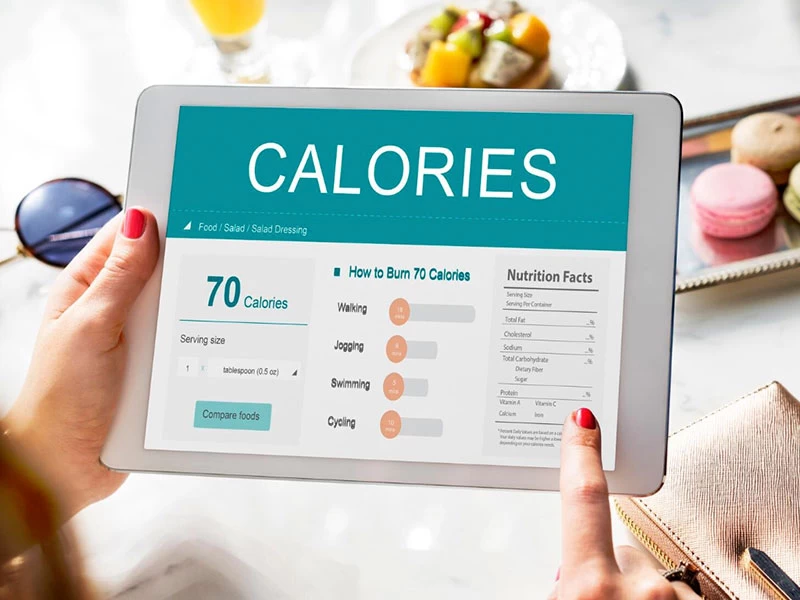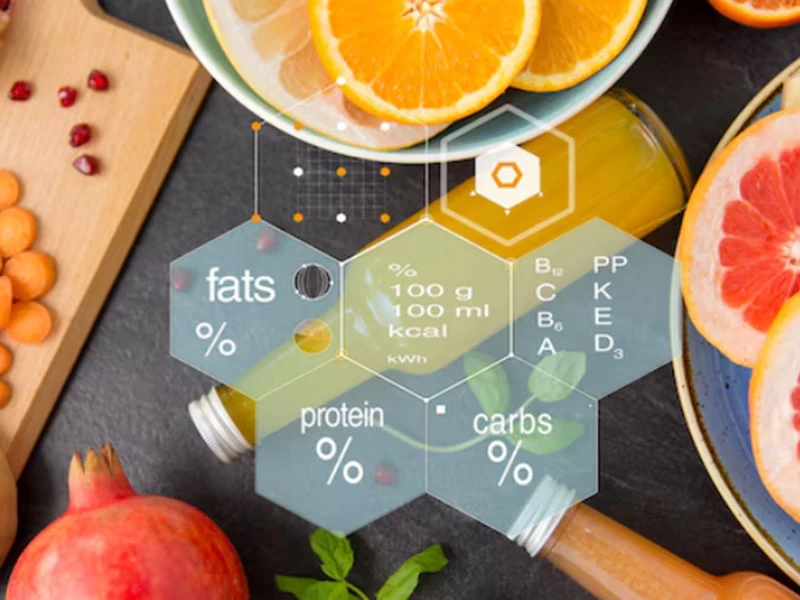Cappuccino is one of the most popular coffee drinks worldwide, known for its rich flavor and energizing properties. This drink is made from a combination of espresso coffee, hot milk, and milk foam, and is recognized as a classic Italian beverage. However, if you are mindful of your calorie intake, knowing the amount of calories in cappuccino and its impact on your diet can be important.
Many people consume cappuccino as part of their daily routine, but they may not know how many calories it contains and how it affects their total daily calorie intake. In this article, we will examine the calories in cappuccino, its nutritional value, factors affecting its calorie content, and tips for reducing the calories in this drink.
What are the Calories in Cappuccino?
The calories in cappuccino depend on its main ingredients: espresso coffee, milk, and milk foam. Espresso itself has very few calories (usually less than 5 calories per cup), but the milk and milk foam used to make cappuccino add a significant amount of calories.
The calorie content of cappuccino depends on the type of milk used. For example, a cappuccino made with whole milk typically has more calories (about 150 calories per cup), while using low-fat milk or plant-based milk like almond or soy can reduce the calorie content. Adding sugar or various flavorings can also increase the calories in this drink.

Factors Affecting the Calories in Cappuccino
The type of milk used to make cappuccino is one of the main factors affecting its calorie content. Whole milk has a lot of fat and calories, which significantly increases the calories in cappuccino. In contrast, low-fat or fat-free milk can significantly reduce the calories in this drink without drastically changing its taste.
Another factor is the volume of the drink. A standard cup of cappuccino is about 150 milliliters, but some cafes and restaurants serve larger cappuccinos, which can increase the calorie intake. Additionally, adding sweeteners like sugar, flavored syrups, or chocolate can quickly increase the calories in cappuccino.
Nutritional Value of Cappuccino

In addition to calories, cappuccino provides other nutrients such as protein, carbohydrates, and fat. The nutritional value of cappuccino depends on the type of milk and the volume consumed. For a cappuccino made with whole milk, the main nutritional components include fat, protein, and carbohydrates. Milk is a good source of calcium and B vitamins, which help with bone health and body function.
Here is a table of the nutritional value of a standard cup of cappuccino made with whole milk:
|
Nutrient |
Amount in One Cup (150 ml) |
|
Calories |
120-150 calories |
|
Total Fat |
6 grams |
|
Protein |
5 grams |
|
Carbohydrates |
12 grams |
|
Sugar |
10 grams |
|
Calcium |
150 milligrams |
|
Vitamin B12 |
0.9 micrograms |
Cappuccino and Different Diets
Cappuccino may not be suitable for some people following specific diets. For example, those on a low-calorie diet may prefer to use low-fat milk or plant-based milks to reduce the calories in cappuccino. Additionally, those following ketogenic or paleo diets usually use lactose-free and sugar-free milks.
On the other hand, cappuccino can be a good source of protein and calcium if made with low-fat or plant-based milk. Diabetics should also pay attention to the sugar content in cappuccino and preferably use artificial sweeteners in its preparation.
Tips for Reducing the Calories in Cappuccino
If you are looking to reduce the calories in cappuccino, there are a few simple methods that can help. One of the best ways is to use low-fat or low-calorie plant-based milks. Soy, almond, or oat milk can be good substitutes and, in addition to reducing calories, also offer nutritional benefits.
Also, it is better to avoid adding sugar or artificial sweeteners or to minimize their amount. Finally, try to control the volume of the drink; instead of choosing large cups, consume a small cup of cappuccino with low-calorie ingredients.
Conclusion
Cappuccino is a popular and delicious drink that can provide the energy needed to start the day. However, the amount of calories in this drink depends on the type of milk and its volume, and for those who care about their calorie intake, paying attention to these points is essential. Using low-fat and plant-based milks, controlling the volume of the drink, and avoiding adding sweeteners can help reduce the calories in cappuccino.
Overall, cappuccino can be consumed as part of a balanced diet, provided that you make smart choices regarding its calories and ingredients. Those looking to lose or maintain weight can enjoy this drink but should be mindful of the calories and added ingredients.
Frequently Asked Questions
- Does cappuccino without sugar have fewer calories?
Yes, removing sugar from cappuccino can significantly reduce its calories. Sugar usually adds calories to drinks, so removing it can positively impact calorie reduction.
- Which type of milk adds the fewest calories to cappuccino?
Unsweetened almond milk is one of the lowest-calorie options for cappuccino. This milk not only has few calories but also gives a pleasant taste to cappuccino.
- Can cappuccino be part of a low-calorie diet?
Yes, by using low-fat or plant-based milk and removing sugar, cappuccino can be consumed as part of a low-calorie diet.
- Is drinking cappuccino before exercise beneficial?
The caffeine in cappuccino can increase body energy and improve focus and athletic performance. Therefore, consuming cappuccino before exercise may be beneficial.
- Can cappuccino replace a meal?
Cappuccino alone cannot replace a complete meal, as it has limited nutrients. It is better to consume it as a drink with a meal or snack.





